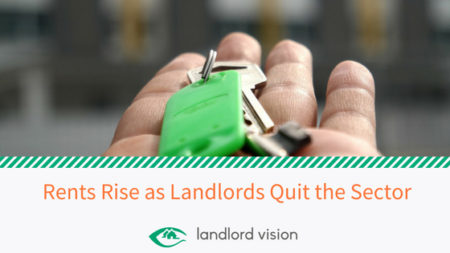
Increasing government pressure on the sector is pushing many landlords to sell up and quit. As the number of buy to let properties decreases, demand for rental housing increases and rents go up. The economics of this are stark. Fewer available properties mean higher rents, which has a knock-on impact on tenants. Now, the figures suggest this is exactly what’s happening.
London Landlords Reduce Rents
Rents in Great Britain rose by 0.9% in the year ending July 2018. This is the same as the previous 12 months, but what’s interesting is that rents decreased by 0.3% in London, a hotspot for rental housing. At first glance, this would suggest demand for rental accommodation in the capital is falling. Some landlords are selling up in response to higher tax burdens and those that are left are reducing rents to attract tenants. However, experts point out that rents are rising in neighbouring regions, which suggests tenants are moving out of the capital to look for more affordable housing.
Families Pay the Price
With London recently named as the most expensive city in Europe to rent a property, it is hardly surprising that tenants are being forced to widen their search for a rental property. It now costs the average family an extra £300 in rent each month compared to eight years ago and research in June found that London rents have risen three times faster than wages.
If landlord tax pressures continue, this situation will only get worse.



